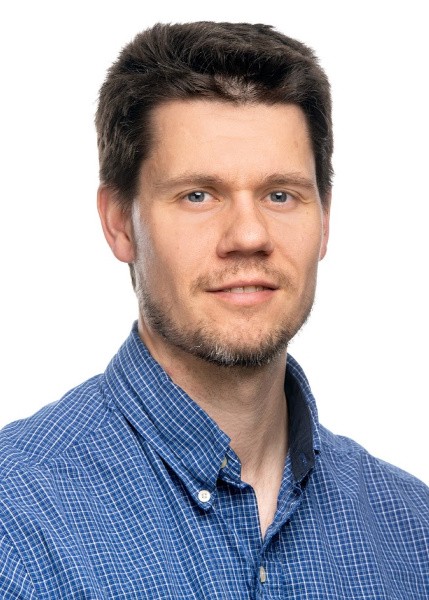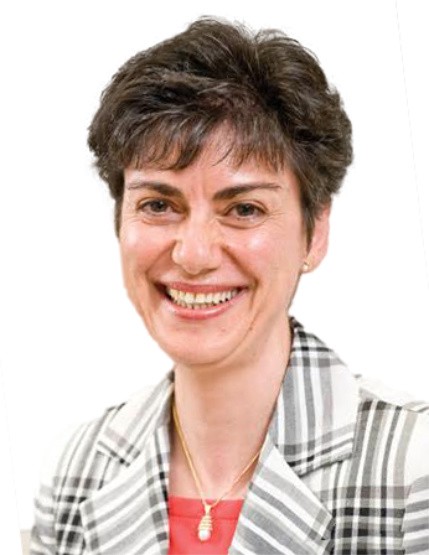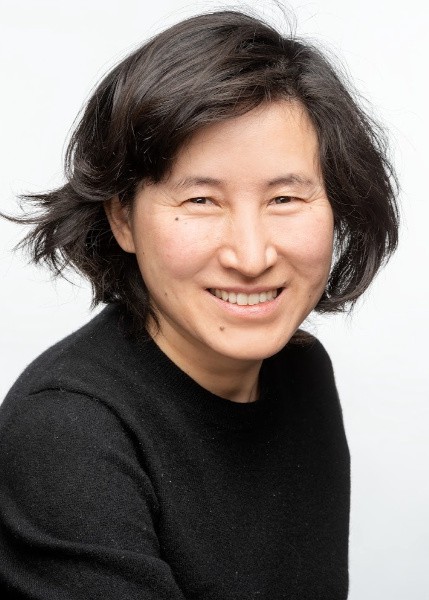
On June 14, the Government of Canada announced the first cycle of 2019 Canada Research Chairs. Our community has cause for celebration as fourteen University of Alberta researchers received a total of $11,500,000 from the Canada Foundation for Innovation. Of these, 11 researchers are new chairs, and three researchers received renewals.
Congratulations to all of the new and renewed CRCs!

By using innovative technologies to identify and monitor chemical and microbial contaminants in water, Li is working to improve water treatment strategies and ensure that people around the world have access to clean, safe drinking water. Li is also working to better identify potentially harmful byproducts of current water disinfection processes in order to advise on and develop better disinfection strategies.

When your immune system begins to work against you, it’s not a good sign. Glycans (sugars linked together), or carbohydrates, are found in all living cells, including the human body and bacteria, and are involved in most biological processes. By working to better understand the role of glycans and carbohydrates and the role they play in the immune system, Macauley is simultaneously working to better understand autoimmunity and develop ways to control autoimmune diseases including rheumatoid arthritis, Type 1 diabetes, and multiple sclerosis.

Mushahwar is developing innovative rehabilitation methods and medical devices to assist patients with neural injuries and diseases that compromise their mobility, breathing, and other functions. In addition to new treatments and methods, Mashahwar is building on the success of electrical stimulation to improve patient function.

By investigating the relationship between social inequalities in children and youth, Pabayo intends his research to help develop health intervention programs in schools, and more broadly public policies around health. Pabayo studies how youth health is affected by school social settings, early childhood health, and social inequities.

With the ongoing threats initiated by climate change, initiatives for resource recovery, sustainability, reclamation, and environmental stewardship are more important than ever. Wilson studies environmental sustainability in the minerals industry in order to help develop new methods that will utilize waste materials to recover mineral wastes, mitigate metal toxicity, and be used for CO2 storage.

Harper studies the relationship between climate change and Inuit health in the Canadian Arctic. Through her research and work with Inuit communities, Harper develops proactive actions to strengthen Inuit healthcare as it relates to food security, physical health, and mental health. Harper also works on developing climate change adoption strategies in the Canadian Arctic.

In 2016, Spribille discovered that two fungi and one lichen make up most lichens, dispelling centuries-old notions that only one fungus was present. This breakthrough led Spirbille to start exploring how micro-organisms form organisms, and the role they play in symbiosis.

As Canadians continue to look for ways to improve their health through their lifestyle choices, Yue’s research will play a key role. Yue’s work looks at the relationship between stress and our eating habits and physical activity, which both affect our blood sugar, fat levels, and energy metabolism. By looking at the neural processes that regulate metabolism, Yue is searching for practical solutions to treat related diseases.

Hartling is working to bridge the gap between advanced medical research and practical patient care, so that patients can make informed decisions and receive the most effective treatment. Using machine learning and open science process, Hartling is working to make medical research more accessible to health care providers, policy makers, and patients.

As a pioneering researcher in soft matter and interfaces, Zhang has made great strides in the study of nanofluids, leading to her discovery of nanobubbles. Zhang will be using her research in this field to find opportunities for innovation for oil sands extraction.

Richard studies the role that nutrition plays in the function of the immune system in order to better understand and manage cardiovascular disease, obesity, and Type 2 diabetes. Through her research, Richard will also work to develop personalized and food-based approaches that will help Canadians with obesity improve their immune system functions, heath, and quality of life.

As a renewed Tier 2 CRC, Oudit will continue to study heart failure in order to determine medications and treatments for patients.

A CRC since 2013, Willing has been studying how bacterial and microbial populations affect immune and metabolic functions, which will lead to a better understanding of dietary strategies and drug treatments that affect intestinal and immune health.

With her Tier 1 CRC funding renewed, Estabrooks will continue to work out how to best integrate research around elder care with real-world, practical health care practices.
A second cycle of Canada Research Chairs has also recently been announced, and we look forward to recognizing the recipients in a future post.